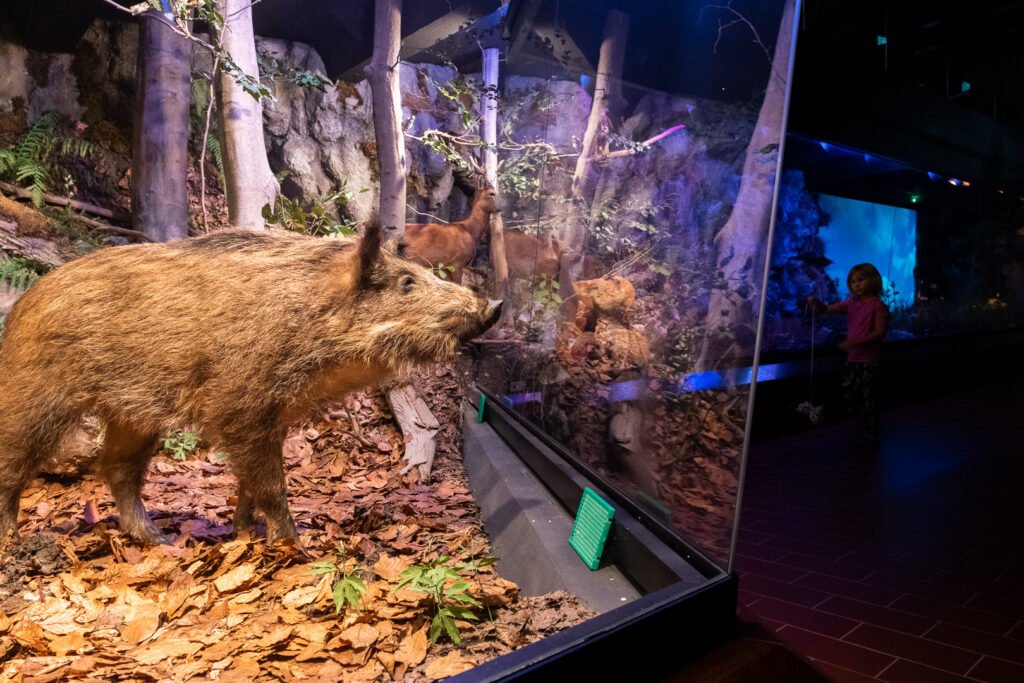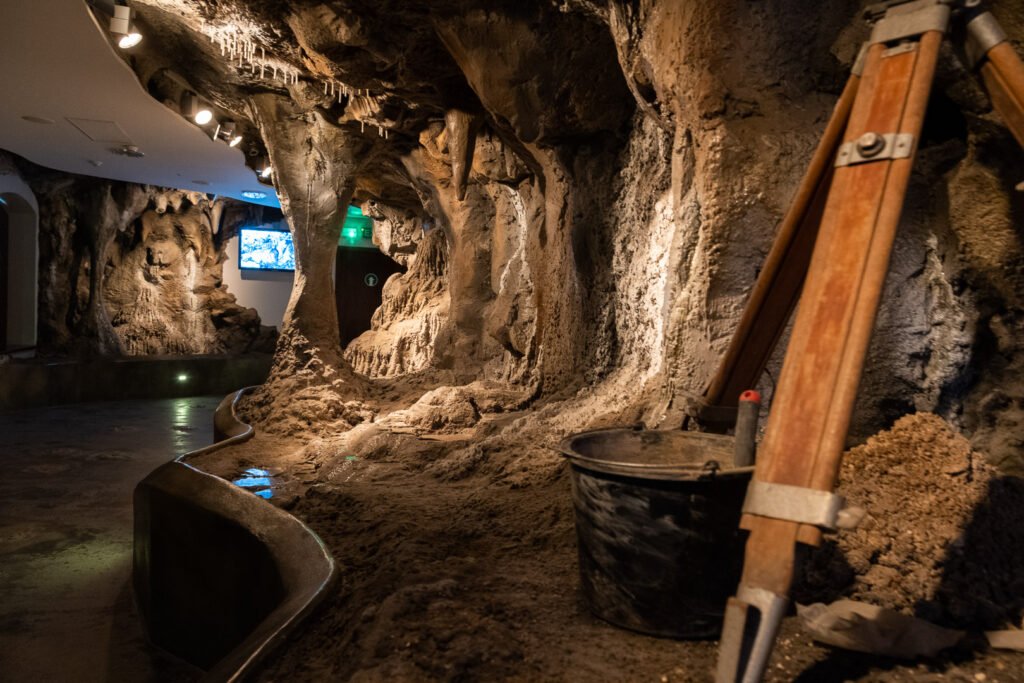
Ojcowski National Park (OPN), located in the Małopolskie Voivodeship, is one of the most beautiful and diverse national parks in Poland in terms of landscape. It is situated about 20 km northwest of Krakow, in the Prądnik River valley. It is the smallest national park in Poland, covering an area of only 21.46 km², but despite its small size, it offers an extremely rich array of natural and cultural attractions. Ojcowski National Park is near the village of Ojców, which is the main starting point for exploring the park. The park can be reached by car from Krakow, heading north towards Skała. There are also regular bus connections from Krakow to Ojców and the surrounding towns.
Natural Attractions
Dolina Prądnika: The heart of the park, the picturesque Prądnik River Valley offers spectacular views and numerous hiking trails. This valley is known for its unique rock formations, caves, and lush vegetation.

Rock Formations: The park is famous for its extraordinary rock formations, such as the Hercules’ Club—a 25-meter-high limestone rock that resembles a club—and the Kraków Gate, an impressive rock portal.

Caves: The park features over 400 caves, with the most famous being Łokietek’s Cave and Dark Cave. Łokietek’s Cave, 320 meters long, is associated with the legend of King Władysław Łokietek, who is said to have hidden there from the Czech King Wenceslaus II. Dark Cave, on the other hand, is one of the largest caves in Poland open to visitors.

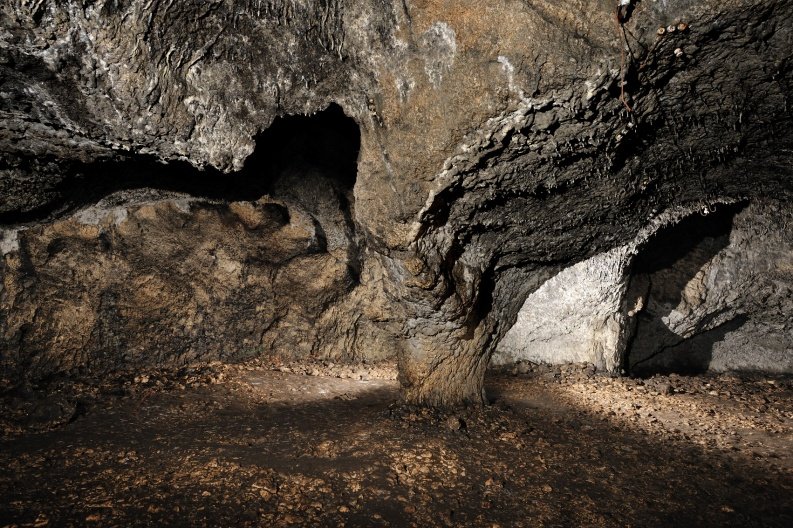
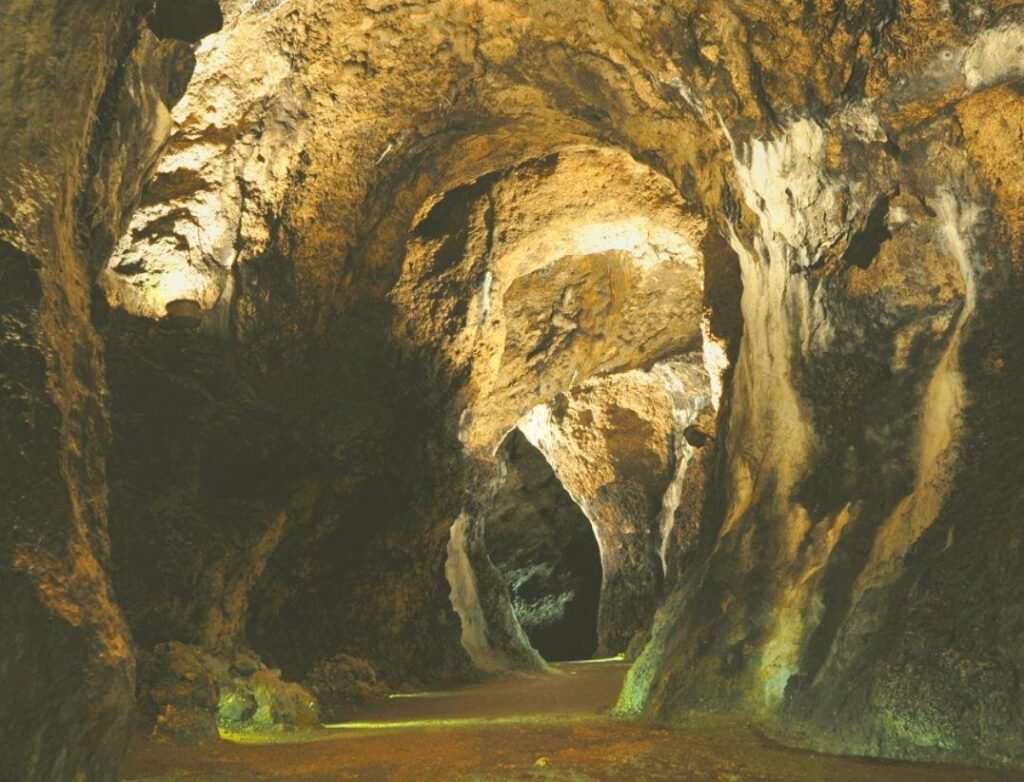
Cultural Attractions
Ojców Castle: The ruins of the 14th-century royal castle, built by King Casimir the Great. Although only fragments of the walls and towers remain today, the castle is an important historical site and offers picturesque views of the surrounding area.
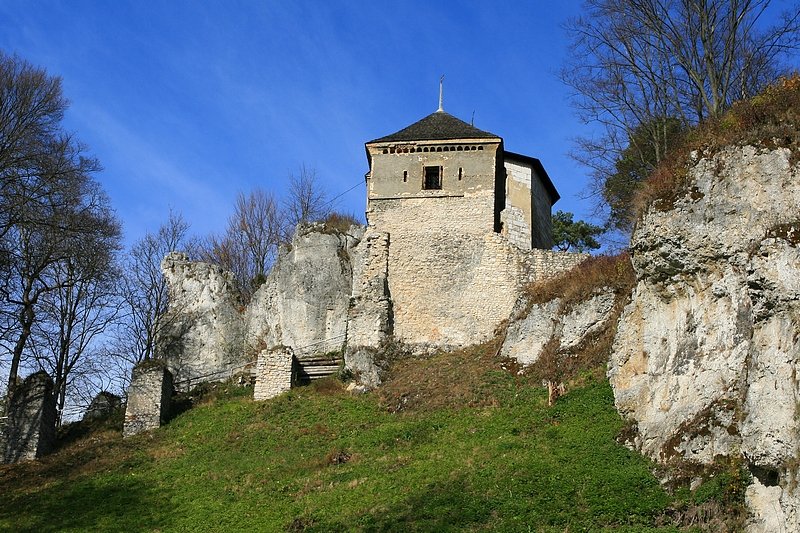
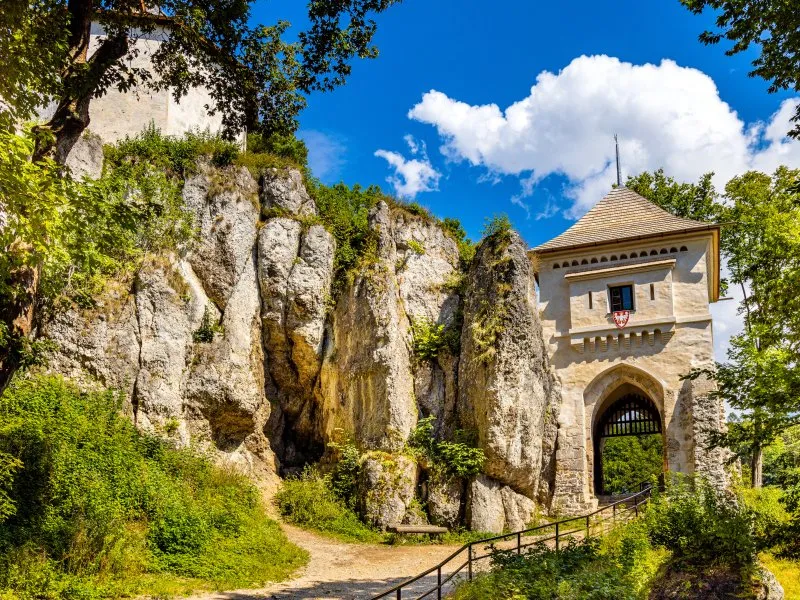
“On the Water” Chapel: Built in 1901, this wooden chapel dedicated to St. Joseph the Worker is situated over a stream. It is a remarkable place that impresses with its unique architecture.
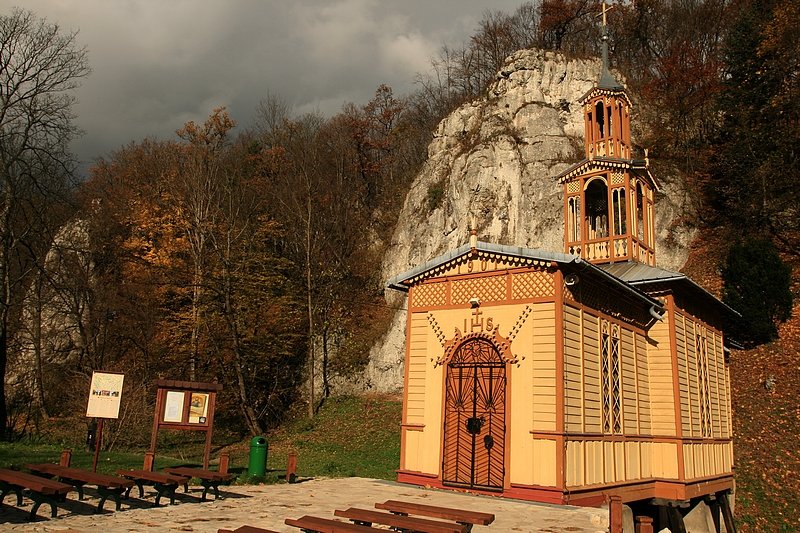

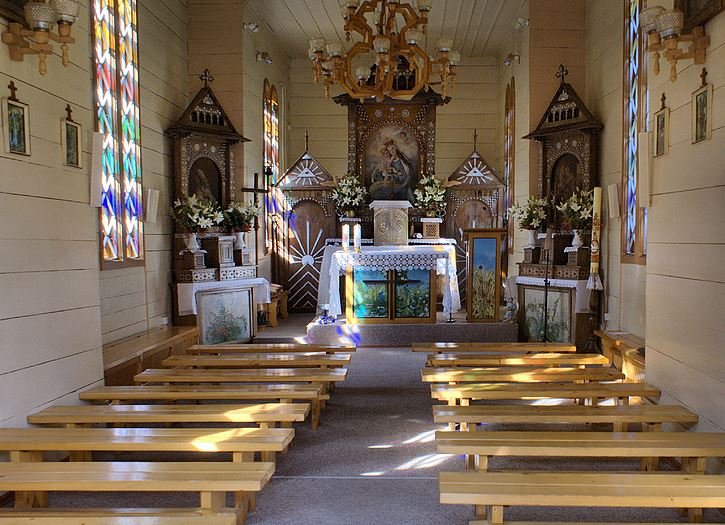
Natural History Museum: Located in Ojców, the museum presents a rich collection of exhibits related to the nature and history of the region. The displays include the park’s flora and fauna, as well as archaeological findings.

